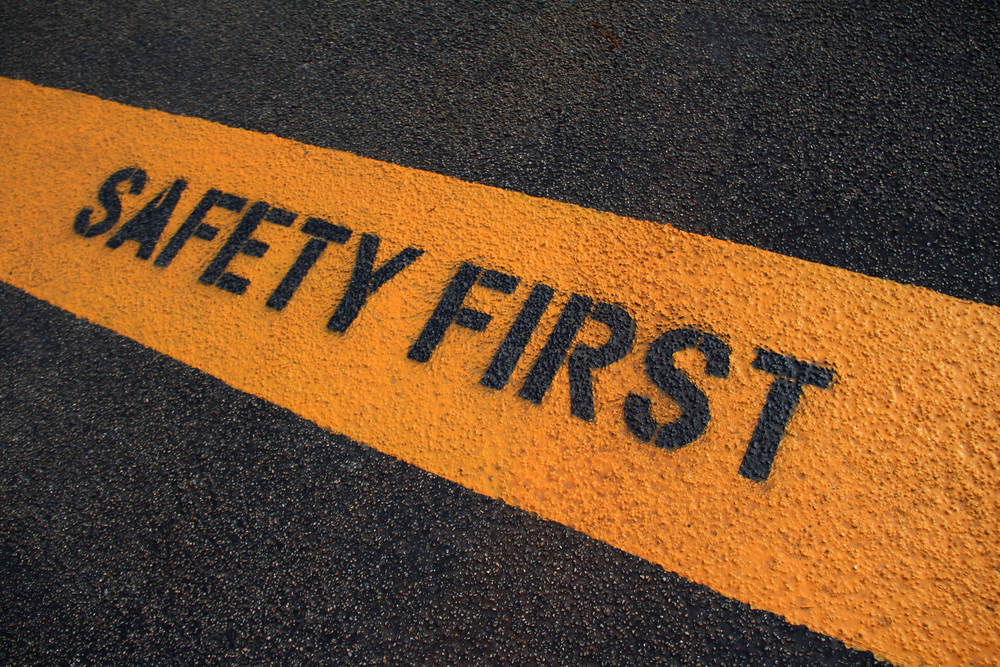Looking at data on construction industry safety shows improvements over time. Examine the data to see the extent of the upgrades before looking at why the industry has become safer.
Important Figures on Improvements to Construction Industry Safety
Before OSHA (Occupational Safety and Health Administration) was created in 1971, experts estimated that 14,000 people died at work. This includes all occupations and industries, not just construction. Over time, OSHA reduced workplace injuries by 40 percent and deaths by 60 percent.
Comparing Large Construction Projects
A straightforward way to see the improvements to the construction industry safety is by looking at specific projects at various times.
- 1825: 1,000 people died constructing the Eerie Canal (20 workers per thousand died).
- 1869: 1,200 people died constructing the Transcontinental Railroad (80 workers per thousand).
- 1931: 734 people died constructing the Hawks Nest Tunnel (152.8 workers per thousand).
- 1970: 60 people died building the World Trade Center (of a 3,500-person workforce).
- 2009: 6 people died building the Las Vegas City Center (0.75 workers per thousand).
The difference between the Las Vegas City Center and the previous projects is enormous.
Figures from the Bureau of Labor Statistics
While the above projects provide more anecdotal evidence, the data from the BLS confirms the trend.
In 2008, there were 1,016 on-the-job mortalities. By 2010, this dropped to 802. By 2011, on-the-job mortalities dropped to 781.
The number of injuries recorded is also dropping. In 2008, there were 4.7 injuries for every 100 workers. By 2011, this figure was just 3.8 per 100.
Recent Data for Perspective
To put the current state of construction safety in mind, consider data from 2019 from OSHA and the BLS:
- Transportation incidents increased the most that year.
- Falls, trips, and slips increased by 11 percent.
- Eventual death from exposure to harmful environments or substances killed 642 in 2019.
- Death from explosions and fires was a major cause, but it is decreasing.
- Death from unintentional overdoses of alcohol or non-medical drug use increased.
Why Construction Industry Safety Has Improved
There are multiple reasons why construction safety has improved over the years.
Regulations
The new regulations from the federal government, as well as state agencies, played a significant role.
Training and Procedures
Thanks to the Federal Occupational Safety and Health Act, employers also work harder to provide improved safety procedures and training.
What Construction Companies and Workers Can Do to Continue Improving
Some important steps to take include:
- Having proper safety training.
- Make that safety training engaging.
- Using protective equipment.
- Organizing the job site.
- Follow all OSHA guidelines.
- Protect the mental health of workers.
- Maintain clear communication.
- Recruit employees who prioritize safety.
- Work with subcontractors or other third parties that prioritize safety.
Recruiting Safety-Minded Employees
The idea of recruiting construction employees that prioritize safety can sometimes pose a challenge, as you have to determine who is likely to be safety-minded.
This process should start with accuracy in the job description. Mention the importance of safety in the description, as well as the tasks that will be required. During the interview, ask candidates about their real-life experiences. Ask specific questions that highlight their attitudes toward safety.
How can we help you?
Searching for an opportunity in the construction industry? Contact The Birmingham Group’s team of seasoned commercial construction recruiters today to discuss your career path or browse our open positions.
Are you a hiring authority in need of construction talent? Submit a search request today.
–





